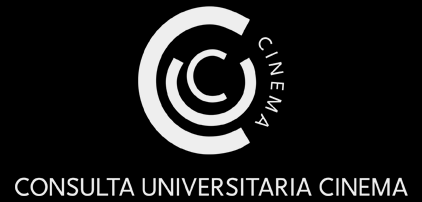Quella di evento è la categoria filosofica centrale del pensiero novecentesco. Dal concetto di evento-trauma della psicanalisi freudiana all’Ereignis di Heidegger, l’“evento-appropriazione” pensato come momento di coappartenenza tra uomo ed essere, fino all’idea di événement in Badiou e passando per le riflessioni di Deleuze e Derrida, la categoria di evento è stata l’oggetto privilegiato dell’interrogazione filosofica contemporanea, soprattutto di ambito fenomenologico.
Ma che cos’è un evento? Cosa vuol dire dare forma e rappresentare un evento? L’evento è in primo luogo il punto di rottura di una situazione, imprevedibile e singolare, capace di generare un nuovo stato di cose. È l’accadere veritativo del reale, attraverso cui il soggetto può strutturarsi secondo una nuova legge di presentazione (Badiou). Ma l’evento può anche essere qualcosa di incorporeo che non appartiene all’occorrenza evenemenziale del reale. È quel puro espresso che è in ciò che accade e che ne costituisce idealmente il suo senso, come scrive Deleuze in Logica del senso. In altre parole, l’evento è quel momento di mediazione tra il corporeo e l’incorporeo, la materia e l’idea, l’immanenza e la trascendenza, che permette l’esistenza di ciò che noi chiamiamo vita e realtà. Se l’evento ha sostituito l’essere come parola chiave della filosofia è proprio in nome di questa sua potenza genitiva, inarrivabile e originaria.
Il cinema e il teatro sono da sempre le arti privilegiate nella rappresentazione dell’evento perché l’evento è in sé pura temporalità. L’evento disarticola la continuità temporale, la interrompe e la ripensa. Rappresentare l’evento significa dare corpo a quel punto di rottura da cui è generata l’azione drammatica. Tutti i grandi personaggi della tradizione drammaturgica occidentale danno corpo a figure evenemenziali nella maniera in cui incarnano soggettività che si strutturano a partire da un punto di rottura radicale. Uno scarto tra l’essere e il non essere, la vita e la morte. È quello che accade a Edipo e Amleto, Antigone e Don Giovanni.
Ma come può il cinema – linguaggio che si fonda sin dall’epoca classica sull’idea di continuità narrativa – dare corpo alla discontinuità dell’evento? È il problema che i grandi cineasti si sono posti da sempre, cercando per esempio di costruire figure della discontinuità attraverso i grandi dispositivi del montaggio (Ejzenštejn), dell’inquadratura (da Welles a Hitchcock, Dreyer), della scenografia (da Lang a Buñuel). I percorsi di ricerca sono dunque numerosi e riconducibili a diverse linee direttrici.
That of event is the central category of 20th century philosophical thought. From the concept of event-trauma of Freudian psychoanalysis to Heidegger’s Ereignis – the “event-appropriation” conceived as a moment of co-belonging between man and being –, up to the idea of événement in Badiou and passing through the reflections of Deleuze and Derrida, the category of event has been the privileged object of contemporary philosophical interrogation, especially of the phenomenological field.
But what is an event? What does it mean to shape and represent an event? The event is primarily the unpredictable and singular breaking point of a situation, capable of generating a new state of affairs. It is the truthful happening of the real, through which the subject can be structured according to a new law of presentation (Badiou). But the event can also be something incorporeal that does not belong to the eventual occurrence of reality. It is that pure expression that is in what happens and that ideally constitutes its meaning, as Deleuze writes in The Logic of Sense. In other words, the event is that moment of mediation between the corporeal and the incorporeal, the matter and the idea, immanence and transcendence, which allows the existence of what we call life and reality. If the event has replaced being as the keyword of philosophy, it is in the name of this genitive, unattainable and original power.
Cinema and theatre have always been the privileged arts in the representation of the event because the event is in itself pure temporality. The event disrupts, interrupts and rethinks temporal continuity. Representing the event means giving body to the breaking point from which the dramatic action is generated. All the great characters of the western dramaturgical tradition give shape to eventful figures in the way in which they embody subjectivities that are structured starting from a point of radical break: a gap between being and non-being, life and death. This is what happens to Oedipus and Hamlet, Antigone and Don Giovanni.
But how can cinema – a language that has been based since the classical era on the idea of narrative continuity – give shape to the discontinuity of the event? Great filmmakers have always dealt with this question, trying for example to construct figures of discontinuity through the great devices of editing (Eisenstein), framing (from Welles to Hitchcock, Dreyer), scenography (from Lang to Buñuel). The research paths are therefore numerous and referable to different guidelines.





